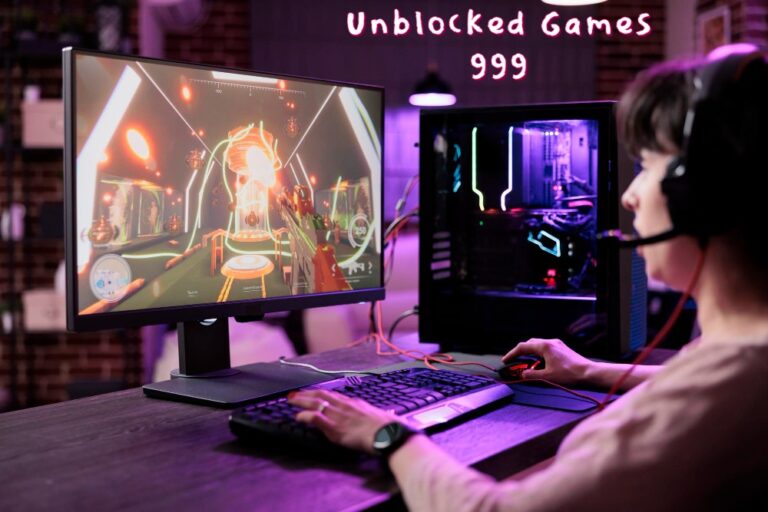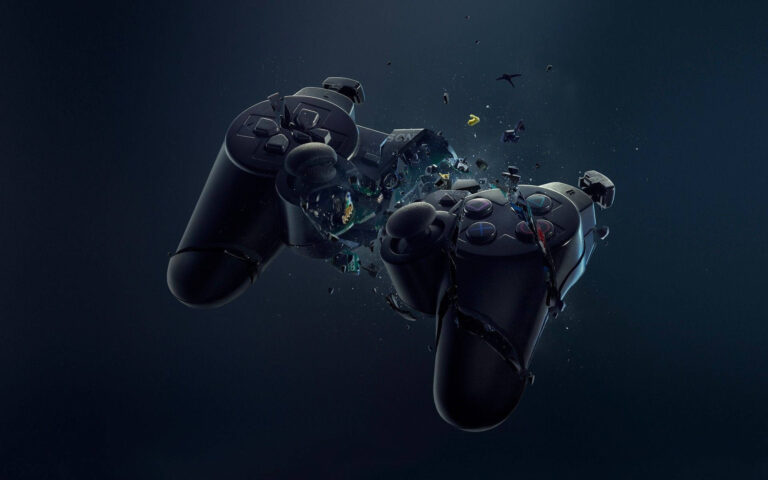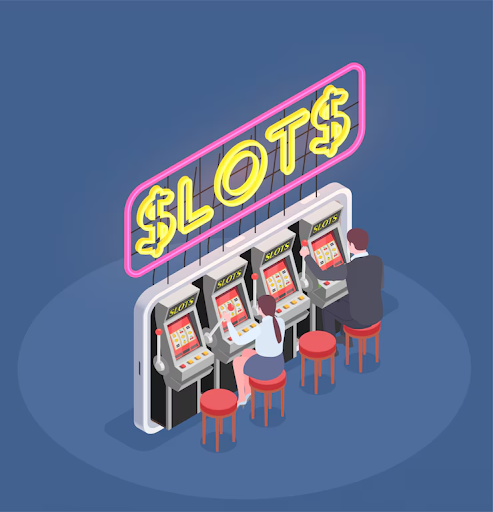Rugby Player Positions
In rugby, each team has 15 players: eight in a tight group called the scrum, and seven spread out on the field known as backs.The numbers on their jerseys indicate their positions.
Rugby Scrum Players
props: #1 and #3
The two biggest players on the rugby team are usually called props. They’re in charge of pushing in the scrum, a special formation. Props are strong and heavy, not very fast, but they use their size and power to win the ball during a scrum. They also need strong upper bodies to hold the scrum up and stop it from falling down if it leans too much
Hooker: #2
Usually, the hooker is a shorter player. They stand between the props and put their arms on the props’ shoulders for support. The hooker’s job is a bit like a centre in football. They send the ball to the rugby quarterback, similar to a hike in football. To do this, they use a soft swinging motion with one foot, hooking the ball. The rest of the scrum pack, which has eight players, pushes forward to give the hooker space to hook the ball.
Locks: #4 and #5
The two tallest players on the team are called locks, and they wear jersey numbers 4 and 5. They stand right in the middle of the scrum pack and are hidden during a scrum down. They use their height advantage to help the team by using their long legs to push the scrum forward about 2 or 3 feet to win the ball. Instead of pushing like others, they use their strong legs and stretch their bodies to move the scrum ahead. When the ball goes out of bounds and the game restarts with a throw-in, the locks, being the tallest, often get the ball. Locks are also known as second rows since they’re the only two players in the second row of the scrum formation.
Flankers: #6 and #7
These players are the team’s tacklers. They have to run at full speed all the time, giving 100%. They’re on defence to stop the other team’s plans and tactics. They’re like speedy rushers or linebackers and need to be the first to reach each situation. If they’re faster than the other team’s flankers, they can often win the ball. These brave players run a lot and make many tackles, more than anyone else on the team.
The 8-Man: #8
The 8-man is at the very back of the scrum, and their job is similar to the flankers. The 8-man is usually bigger and a bit slower than the flankers. Sometimes, around 20% of the time, the 8-man grabs the ball from the scrum and runs with it. This can surprise the defence, especially when close to the goal line, and it’s effective for gaining yards. The 8-man uses strong leg power to push through a couple of defenders before scoring.
Rugby Backs
Rugby Quarterbacks: #9 and #10
The scrum half, wearing number 9, is usually quite short and acts like a point guard in basketball. They’re the one who puts the ball into the scrum during a scrum down and passes it out to the fly half, number 10. The scrum half needs quick hands and feet to do some fast pick-up and runs. The fly half is like another quarterback.They have to be really good at catching a quick pass from the scrum half and rapidly passing it to the players behind before the defensive flankers reach them. The fly half is also famous for having the strongest kicking leg on the team. Instead of passing, they can kick the ball deep over the aggressive defence, and the whole offensive team can chase the ball for a score. The defensive team has to turn around and run the other way. You can’t touch a player who doesn’t have the ball, so a skilled fly half can quickly pass the ball perfectly to their teammates.
Centres: #12 and #13
These two are the running backs of the team. Number 12 is the inside centre, and they’re a strong and tough runner on offence who also likes to tackle. They’re used for the short, tough running plays in rugby, similar to a fullback in football. Number 13 is the outside centre. Outside centres are usually faster and smaller than the inside centre, who runs powerfully. Outside centres are the ones who often score in rugby when the team plans well and there’s good passing. They’re known for their speed and also for their ability to decide when to run straight, turn the corner, or look for teammates on their sides. They run fast to help both on offence and defence across the field. When an outside centre plays well, the wing player often scores because the outside centre draws in two defenders to tackle them.
Wings: #11 and #14
These two players are the fastest on the team, and they have a simple job when they get the ball: RUN FAST! Because there’s usually no defender on the outside, the wing player takes advantage of the open space to make long runs. The wings also run a lot when chasing down kicks that go about 40 yards. They try to outrun the defenders who are turning around to chase the ball when it’s on the ground. The wing player tries to be the first to reach the ball and regain possession for the offensive team.
Fullback: #15
Fullbacks in football and rugby have very different roles. Rugby fullbacks have various jobs. They often act like punt returners when the ball is kicked deep into the backfield. On the flip side, they need a strong leg to kick the ball far when there’s no space to run. Fullbacks usually get the ball without teammates nearby and must face two or three defenders rushing towards them. They must quickly decide whether to kick and chase or try to run around the defenders. Defensively, fullbacks are the last line of defence in open field tackling and need to be skilled at one-on-one tackling. In offence, a well-organised strategy can involve the fullback joining the backline to provide more attacking options.







